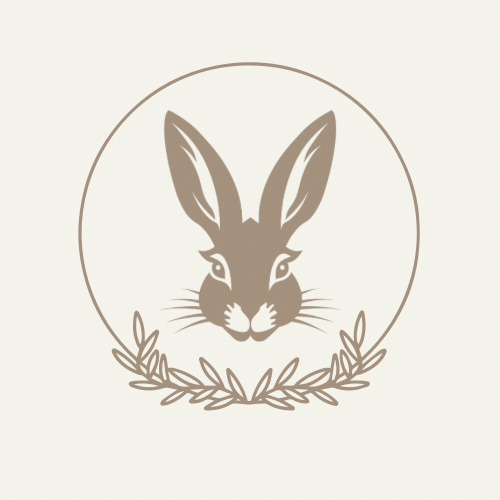What is a sewing glossary? A sewing glossary is a reference guide that defines essential sewing terms, techniques, and tools used in sewing tutorials, patterns, and troubleshooting. Whether you’re a beginner or an experienced sewist, knowing these terms will improve your confidence and sewing skills.
Essential Sewing Tools
- Backstitch – A reinforced stitch where each stitch slightly overlaps the previous one to prevent unravelling. Used in garment construction and repairs.
- Basting – Long, temporary stitches used to hold fabric pieces together before final stitching. Can be removed after permanent stitching is applied.
- Bobbin – A small spool that holds the lower thread in a sewing machine. Works with the top thread to form a stitch.
- Bobbin Case – The compartment that holds the bobbin in place and controls thread tension.
- Bias Tape – A narrow strip of fabric cut on the bias (diagonal grain) used to bind fabric edges and add flexibility.
- Cutting Mat – A self-healing surface used for cutting fabric with a rotary cutter.
- Feed Dogs – Metal teeth on a sewing machine that move fabric under the presser foot, ensuring even stitching.
- Foot Pedal – A control used to operate a sewing machine by foot, adjusting speed.
- Hem – The folded and sewn edge of fabric to prevent fraying.
- Needle Plate – The metal plate beneath the needle with openings for the bobbin thread and feed dogs.
- Presser Foot – The part of a sewing machine that holds fabric in place while sewing.
- Rotary Cutter – A round, sharp blade used to cut fabric smoothly, often with a cutting mat.
- Seam Allowance – The space between the edge of the fabric and the stitching line, usually ¼” to ⅝”.
- Seam Ripper – A small tool used to remove stitches.
- Tailor’s Chalk – A marking tool used for cutting or sewing guidance.
- Tension Discs – Parts of a sewing machine that regulate thread tension.
- Thimble – A protective cap worn on the finger to push needles through fabric.
- Thread Cutter – A small blade built into a sewing machine for cutting thread.
- Walking Foot – A sewing machine foot designed to evenly feed multiple fabric layers.
- Zipper Foot – A special presser foot for sewing close to zipper teeth.
Basic Sewing Techniques
- Appliqué – A decorative technique where fabric shapes are stitched onto a base fabric.
- Chain Stitch – A decorative stitch that looks like a chain, often used in embroidery.
- Darts – Folded and stitched sections of fabric that shape garments.
- Darning – A technique used to mend holes in fabric by weaving new threads in place.
- French Seam – A neat, enclosed seam where raw fabric edges are hidden.
- Gathering – A technique that involves sewing long stitches and pulling the thread to create fabric ruffles.
- Interfacing – A stiff fabric used to reinforce areas like collars, cuffs, and linings.
- Overcasting – A stitch used to prevent fabric edges from fraying.
- Staystitching – A row of stitches sewn close to the edge to prevent fabric stretching.
- Topstitching – Decorative or reinforcing stitches sewn on the visible side of fabric.
- Understitching – A row of stitches sewn close to a seam to keep it from rolling outward.
- Whipstitch – A simple hand-sewing stitch for hemming or finishing seams.
Troubleshooting Terms
- Bird’s Nesting – A tangled mess of thread under the fabric, often caused by incorrect threading or tension issues.
- Puckering – When fabric wrinkles along a seam due to high tension or incorrect stitch length.
- Skipped Stitches – When stitches fail to form correctly due to a blunt needle or improper tension.
- Thread Tension – The balance between the upper and lower threads that affects stitch quality.
-
Warp & Weft – The two sets of threads that make up woven fabric:
- Warp threads run lengthwise.
- Weft threads run across the fabric.
- Grainline – The direction of fabric threads, affecting drape and stretch.
- Selvedge – The finished edge of woven fabric that prevents fraying.
-
Right Side / Wrong Side
- Right side: The outer, visible side of fabric.
- Wrong side: The inner, often less vibrant side.
Final Thoughts
📌 Want to master sewing terms? Bookmark this glossary for quick reference and share it with fellow beginners!
If you're troubleshooting a sewing issue, check out our Common Sewing Mistakes & How to Fix Them.
For a more in-depth look at beginner sewing terms, techniques, and projects, visit A Beginner’s Guide to Sewing.
Need help choosing the right sewing tools? Check out Best Sewing Tools for Beginners & How to Maintain Your Sewing Machine.

